VI-1 Clowneries
FILDIER: VI01
VIV-1 Histoire des rues de Paris
|
||||||
 1 - Alexandre Dumas Père |
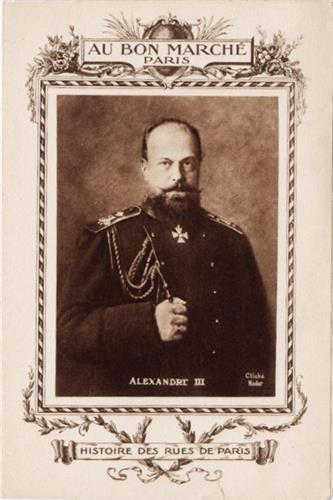 2 - Alexandre III |
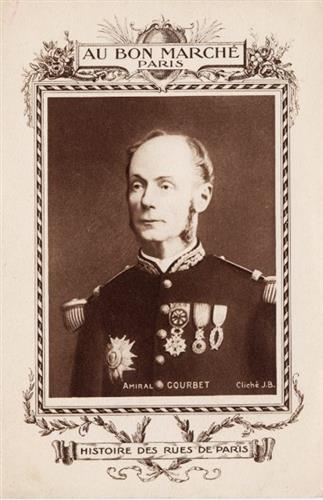 3 - Amiral Courbet |
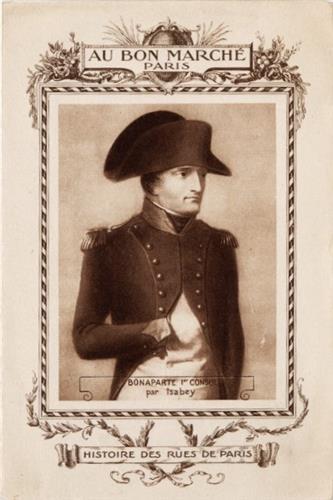 4 - Bonaparte Ier Consul |
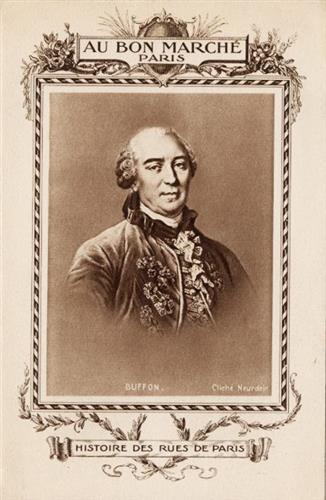 5 - Buffon |
 6 - Corot |
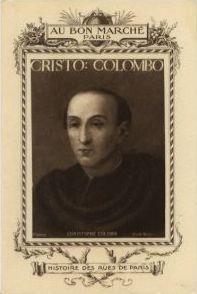 7 - Christophe Colomb |
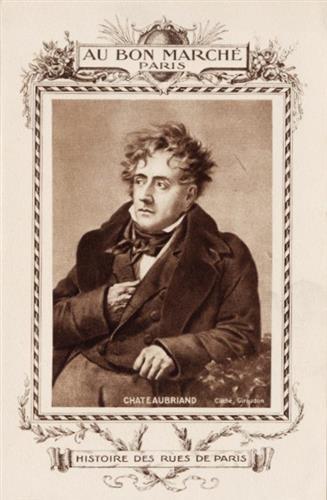 8 - Châteaubriand |
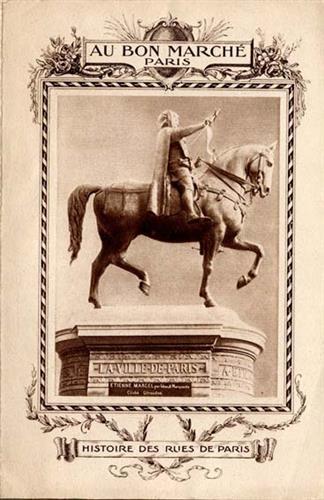 9 - Etienne Marcel |
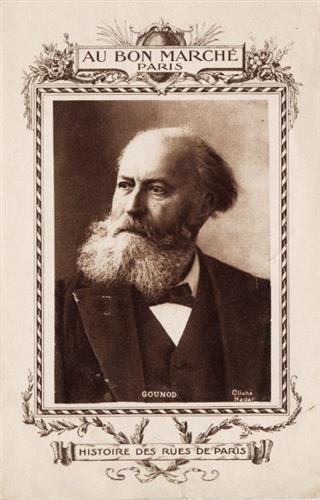 10 - Gounod |
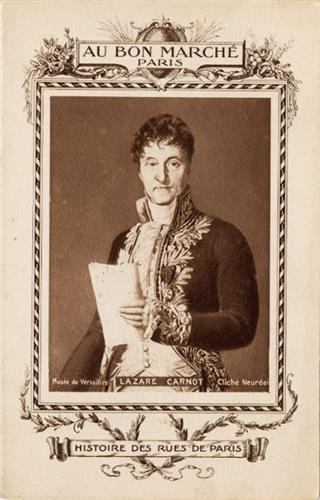 11 - Lazare Carnot |
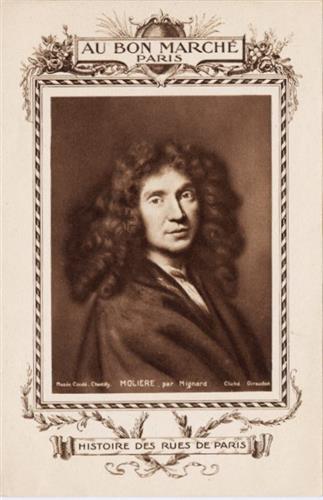 12 - Molière |
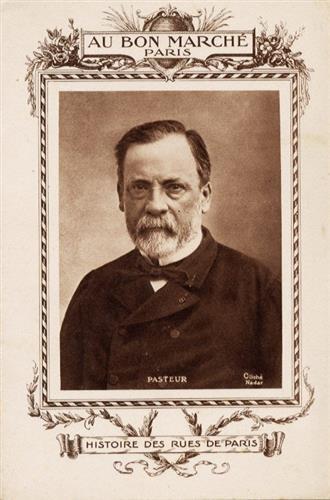 13 - Pasteur |
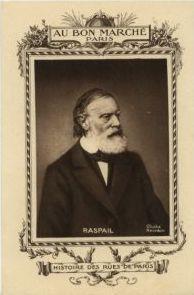 14 - Raspail |
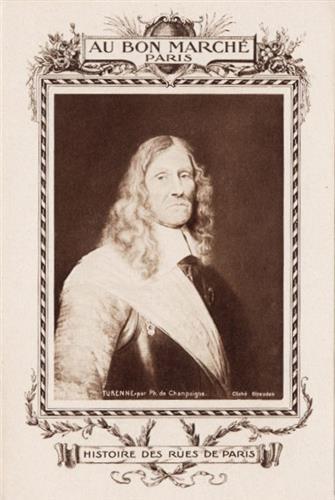 15 - Turenne |
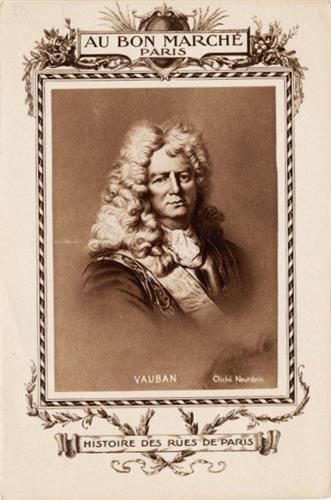 16 - Vauban |
r563 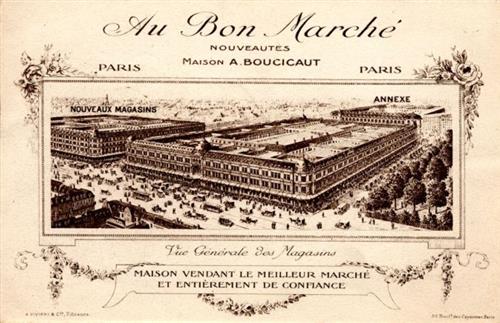 Dim: 128x190 |
||||
VIV-1 Histoire des rues de Paris
FILDIER: VIV01
The "Au Bon Marché" collection
The use of the trade card as commercial promotion is situated in Paris around 1850. At that time, Aristide Boucicaut was the owner of the department store "Au Bon Marché". He had the idea to offre each week a different advertising color print to the children accompanied by their parents. It was a real success. Soon other Parisian department stores followed his example. So there are color trade cards printed for 'La Belle Jardiniére' and 'La Galerie Lafayette' and even for many other small shops.
Later, the industrial revolution brought new products which should be promoted. We think of the rise of concentrated milk, chocolate, meat extract, soups, chicory, and many other new products. All these products needed their commercial support. The trade cards were quickly the publicity material of choice to promote a product.
The retail and large warehouses rewarded their loyal customers with a trade card. This card was either directly a picture of the specific product (see Suchard chocolate), or was a chromo of a publishing house with a commercial message.
This beautiful cards, with beautiful scenes on one side and on the other site an advertising message, pleased both children and parents. They could not long resist the growing passion for collecting by their children, so they were forced to increase the consumption of this promoted products or stores.
The public responded with great enthusiasm and collecting trade cards became a hipe. Cards were exchanged with friends and collected and pasted into albums. Highly decorative albums were compiled, making use of colorful scraps, trade cards, and other collectible items. The popularity of the trade card peaked around 1890 and then faded by the end of the century as other forms of advertising, primarily in mass-circulation magazines, replaced the trade card as a means of advertising products nationwide.
Collection
The issues of Bon Marché contains some of the highest quality chromolithographs (trade cards) to be found anywhere in the world. The cards (which are known as Chromos on the Continent) come in all shapes and sizes covering a vast range of subjects and themes.
A lot of editors published trade cards to be distruted in the "Bon Marché" shop in Paris. In the collection you can find cards from Appel, Baladier, Delmasure, Henon, Minot, Vallet & Minot and mutch more.
The Liebig collection
Liebig's collection refers to a series of chromolithographic prints that were distributed as advertising material by the food company Justus von Liebig's Extract of Meat Company. These prints were first introduced in the late 19th century and were intended to promote the company's meat extract products.
The prints were produced using the chromolithographic printing process, which allowed for vibrant and colorful images. They covered a wide range of subjects, including history, science, art, geography, flora, and fauna. Each print typically featured an image accompanied by a short description or information about the subject. The Liebig cards were distinguished by their high quality chromolithographic prints - up to 12 colours - and the perfection of the images. In many cases created by artists of repute.
The Liebig collection is one of the largest trade card collections. It comprises 1871 different series most of 6 prints, all of them published between 1872 and 1975. Not counting the different languages, the original collection comprises about 11500 different prints. Some prints are very rare and are sought after by various collectors.
The series usually include 6, 12 or 18 prints, with either product advertising, a menu, explanatory notes or additional commentary on the subject on the back.Initially, these chromos were distributed as individual prints that people could collect. They were particularly popular among children, who would often paste them into specially designed albums. These albums had blank pages with compartments where the prints could be placed.
Liebig's collection of chromos is highly sought after by collectors today due to their historical value and aesthetic appeal. They provide insight into the marketing techniques of the time and hold nostalgic value for those who collected them as children.


































